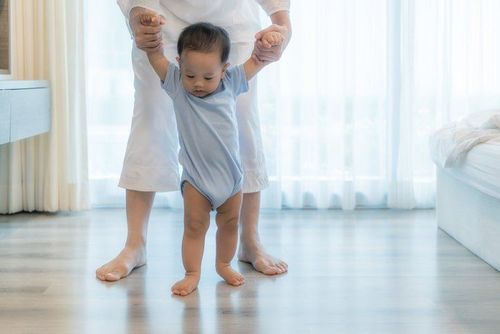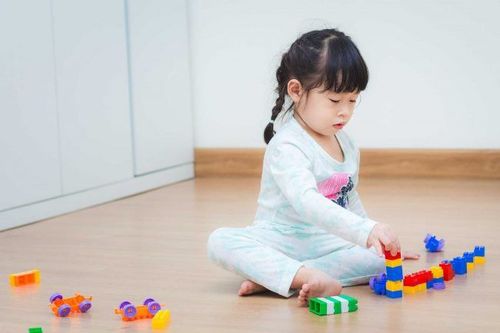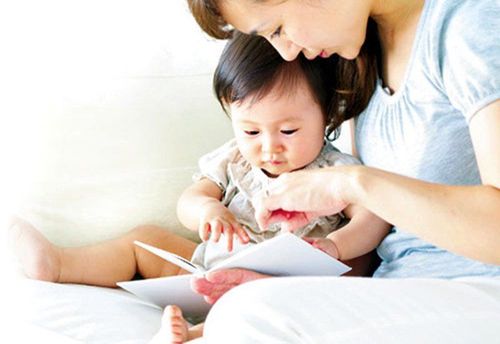This is an automatically translated article.
The right toys can help children develop their imagination and coordination ability. However, toy-related injuries send tens of thousands of children to the emergency room each year. Many injuries happen when parents give their children toys intended for older children. So how to choose safe toys for babies?1. What kind of toys do you need to buy for children?
Here are some general guidelines to keep in mind when shopping for toys:Cloth toys should be labeled flame retardant. Toys are stuffed and must be washed. Paint on any toys should be lead-free. Art materials without harmful substances. Crayons and colored paints must have ASTM D-4236 on the package, which means they have been tested by the American Society for Testing and Materials. Stay away from old toys, even toys bought by friends and family. Those toys may have sentimental value and are certainly less expensive, but they may not meet current safety standards and may wear out with play to the point that they may break and become damaged. hazardous. And make sure the toy doesn't make too much noise for your child. The noise of some rattles, rattles, and musical toys or electronic devices can be as loud as a car horn, even louder if a child holds it directly to the ear and can lead to hearing loss.
2. Safe toys for babies, toddlers and preschoolers
Always read labels to make sure toys are age-appropriate. Guidelines developed by the US Consumer Product Safety Commission (CPSC) and other organizations can help you make decisions about which toys are safe for your child to buy.And consider your child's preferences, habits and behaviors whenever you buy a new toy. Even a child who seems tall compared to other children of the same age should not use toys intended for older children. Age levels for toys are determined by safety factors, not intelligence or maturity.
Keep these age-specific guidelines in mind:
Toys must be large enough - at least 11⁄4 inches (3 cm) in diameter and 21⁄4 inches (6 cm) in length, so that children cannot swallow or enter the trachea. Small parts or choke tube tester, which can determine if a toy is too small. If an object fits inside the tube, it is too small for a small child. Avoid marbles, coins, balls, and games with balls that are 1.75 inches (4.4 cm) in diameter or less because they can get stuck in the throat above the windpipe and make breathing difficult. Until your child is 3 years old, toy parts should be larger than his or her mouth to prevent the possibility of choking. To determine if a toy poses a choking hazard, try placing the toy in a toilet roll core. If the toy or part of the toy can fit inside the toilet paper cylinder, the toy is unsafe. Battery-operated toys must have a battery holder that is secured with a screw so that children cannot pry it open. Batteries and battery fluid pose serious risks, including suffocation, internal bleeding, and chemical burns. When inspecting a toy for an infant or toddler, make sure they are unbreakable and strong enough to withstand being chewed on. Also, make sure these products do not have:
Sharp ends or small parts such as eyes, wheels or buttons that can be pulled out Small tips that can reach the back of the mouth Cords longer than 7 inches ( 18 cm) Parts that can be clamped on a child's finger Most riding toys can be used once the child is able to sit up without assistance, but check parent recommendations manufacturing. Riding toys such as rocking horses and carriages must come with seat belts or straps and be stable and sturdy enough to prevent tipping over.
Handmade toys and homemade toys should be carefully examined. Note, these toys may not have been tested for safety. Do not allow your infant to play with toys painted before 1978, as they may have lead-based paint.
Stuffed animals and other toys sold or given away at festivals, fairs and in vending machines are not required to meet safety standards. Carefully inspect these toys for loose parts and sharp edges before giving them to your infant.
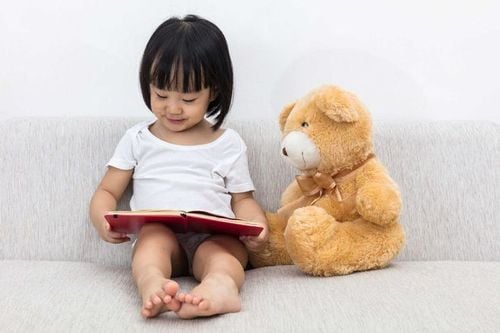
Hãy xem xét sở thích, thói quen và hành vi của con bạn bất cứ khi nào bạn mua một món đồ chơi mới
3. Keep toys safe at home
After you've purchased safe toys, it's important to make sure your child knows how to use them. The best way to do this is to monitor the game. Playing with your child teaches them how to play in a safe and fun way.Parents should:
Teach children to put toys away. Inspect toys regularly to make sure they are not damaged or unusable Wooden toys should be free of debris. Bicycles and outdoor toys must not rust. Stuffed toys must not have broken seams or removable parts. Throw away damaged toys or repair them immediately. Store toys outdoors when they're not in use so they don't get damaged by the rain. And remember to keep the toys clean. Some plastic toys can be cleaned in the dishwasher, but read the manufacturer's instructions first. Another option is to use antibacterial soap or a mild detergent with hot water to clean the toy.
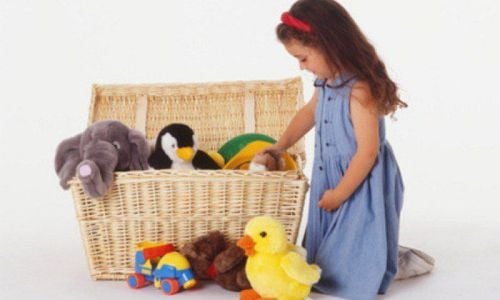
Cha mẹ nên dạy trẻ cất đồ chơi sau khi chơi xong
4. Dangerous items
Many objects that are not toys can also tempt children. It is important to keep children away from objects such as:Sharp objects such as scissors, knives... Matches Balloons (unblown balloons or broken pieces can pose a choking hazard if the child is a child) mistakenly swallowed) Choose age-appropriate toys. Most toys have a "recommended age" sticker, which can be used as a starting point in the selection process. Be realistic about your child's abilities and maturity level when choosing age-appropriate toys. For example, a toy that can shoot out is never suitable for children under 4 years old and even some 6-year-olds are not mature enough to handle this type of toy. Likewise, if your 3-year-old still puts things in his mouth, wait a little longer to let him play with small parts and pieces.
Do not choose heavy toys. Your child could be dropped or crushed by these toys.
Do not choose toys with strings or strings longer than 12 inches. The cord can easily wrap around a young child's neck, resulting in strangulation.
Avoid toys with small magnets. The CPSC recommends that magnets are a potential hazard in the home. Small and strong magnets are often used in toys and they can fall out of the toy and be swallowed by children. Two or more swallowed magnets (or a magnet and a metal object) can be attracted to each other through the intestinal wall, twisting and compressing the bowel and causing perforation, obstruction, infection, or worse if left undetected. and prompt treatment.
Beware of toxic toys. Even if you find a toy that seems safe, you need to make sure it's not made from chemicals that could harm your child. For example, Phthalates, or "plasticizers," are used to make plastics more flexible and durable, and these chemicals are found in many toys. Cadmium, lead, mercury, and arsenic are other chemicals you can find in everything from dolls and toy figures to children's jewelry and stuffed animals.
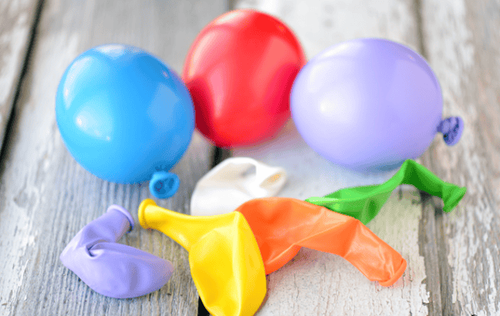
Bóng bay chưa thổi hoặc mảnh bóng bay bị vỡ có thể gây nguy cơ nghẹt thở nếu trẻ nuốt nhầm
In addition to zinc, parents also need to supplement their children with other important vitamins and minerals such as lysine, chromium, B vitamins,... errands.
Please regularly visit Vinmec.com website and update useful information to take care of your baby and family.
Reference source: babycenter.com; kidshealth.org




